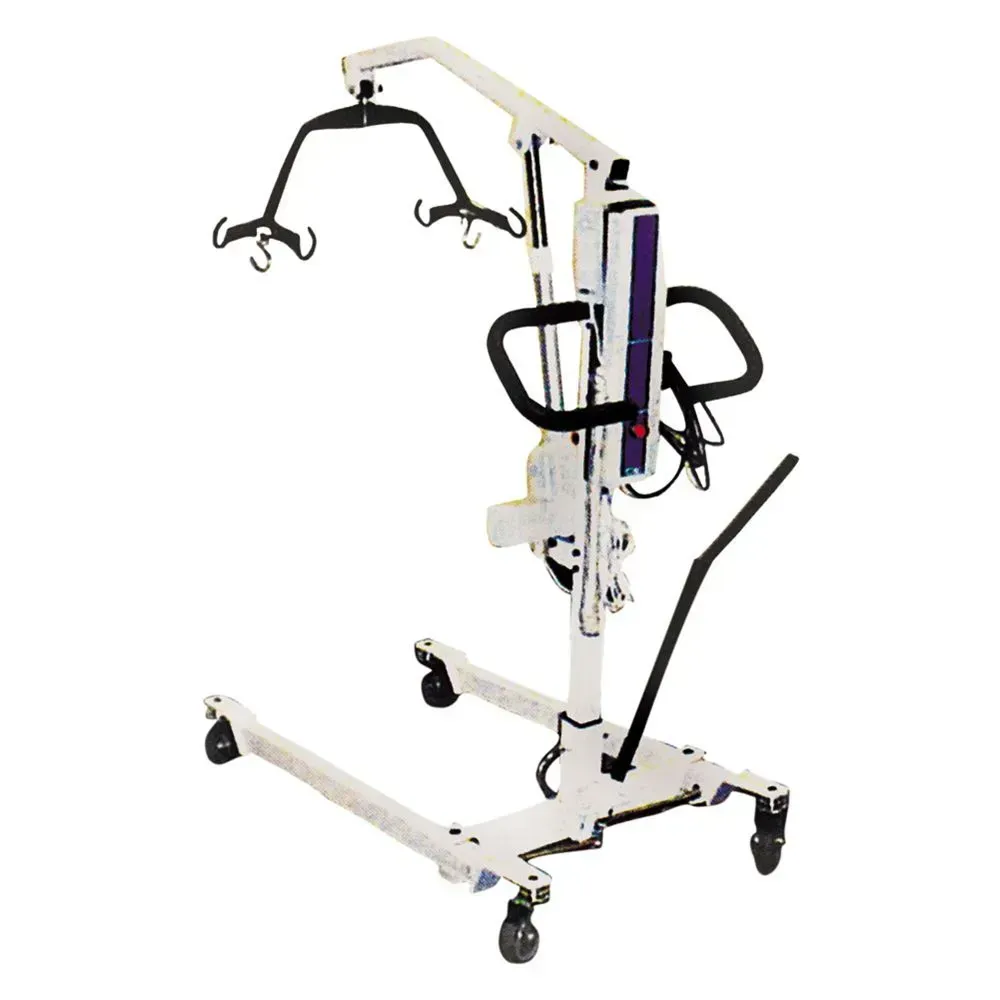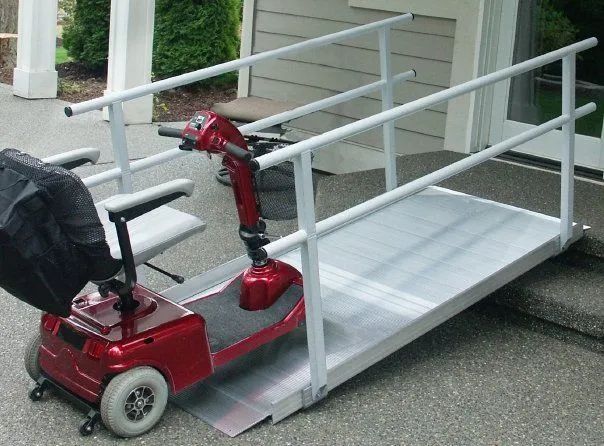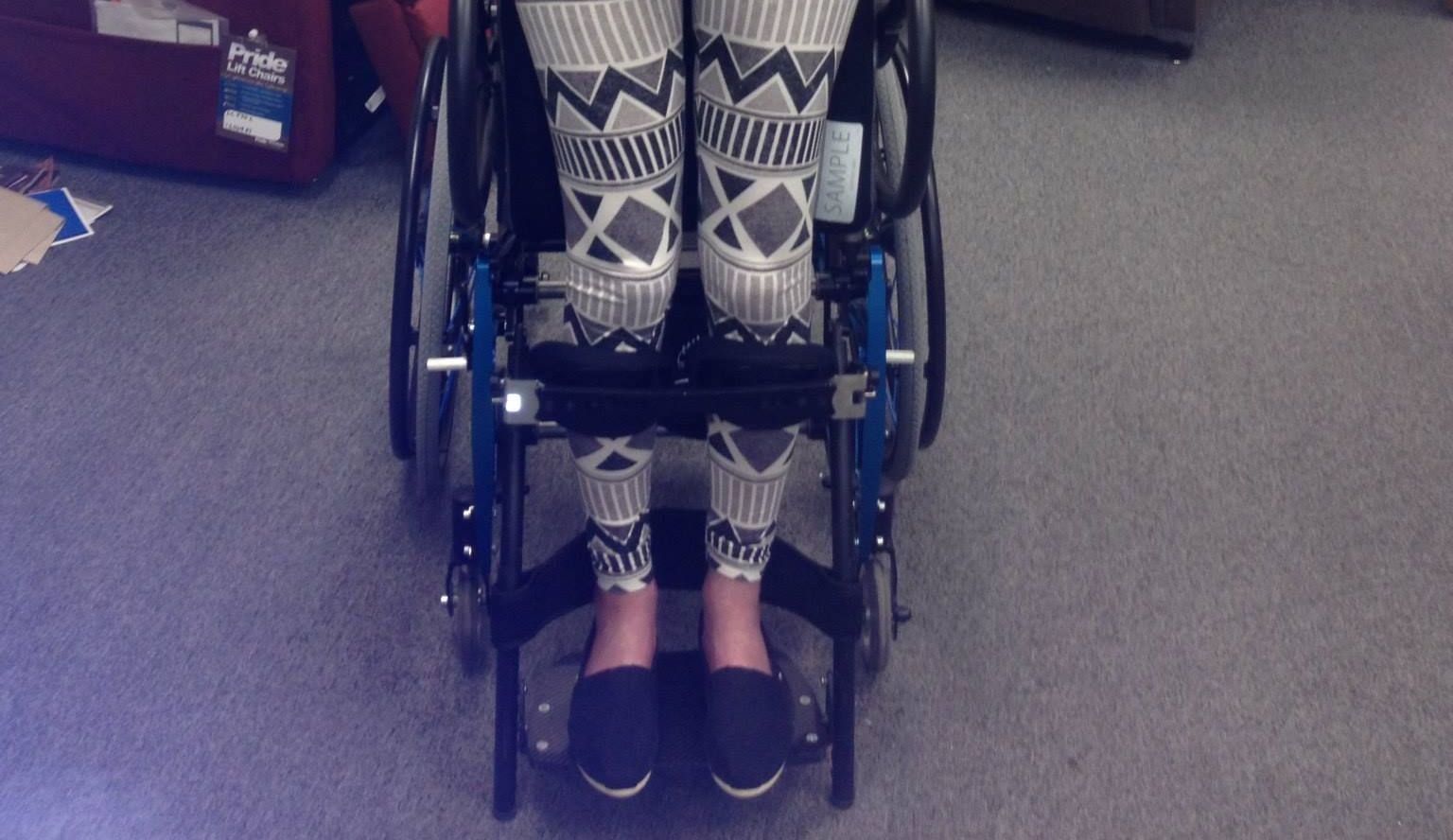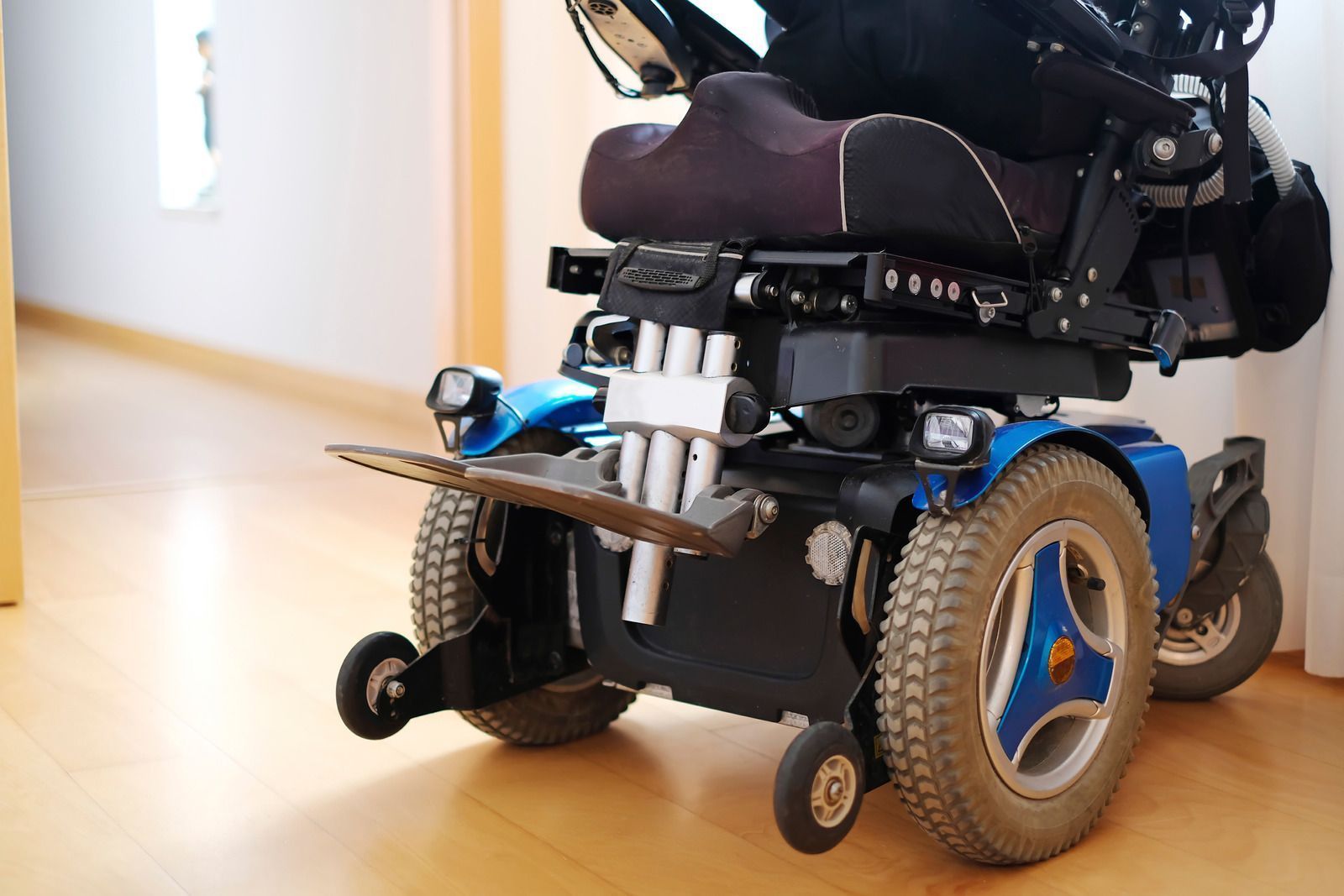A Complete Guide to Patient Lifts: Ensuring Safe Transfers at Home
July 11, 2025

For individuals with mobility challenges, patient lifts play a crucial role in ensuring safe and comfortable transfers. Whether assisting a loved one or a caregiver managing daily transfers, the right lift can prevent injuries and enhance quality of life. These devices are designed to minimize physical strain while providing secure and dignified movement from one position to another.
Understanding the different types of patient lifts and their benefits can help you choose the best option for home use. Factors such as weight capacity, space availability, and ease of use should all be considered before making a purchase. With proper selection and usage, patient lifts offer both convenience and peace of mind for caregivers and patients alike.
Types of Patient Lifts for Home Use
1. Manual Patient Lifts
Manual lifts operate with a hydraulic pump, allowing caregivers to lift and transfer patients without requiring electricity. These lifts are cost-effective, reliable, and ideal for home settings where power sources may not always be available. They also offer smooth operation with minimal maintenance requirements.
Because manual lifts rely on a caregiver’s strength to operate the pump, they may not be suitable for individuals who need frequent transfers or have limited caregiver assistance. However, they remain a popular choice for affordability and durability.
2. Electric and Battery-Powered Lifts
Electric patient lifts use a motorized system to assist with lifting and transferring patients effortlessly. These lifts reduce caregiver strain and provide smoother, more controlled movements. Battery-powered options allow for mobility without the need for a continuous power source, making them convenient during power outages.
With easy-to-use controls and enhanced stability, electric lifts are a preferred choice for those who require frequent transfers. While they are more expensive than manual lifts, their convenience and reduced physical effort make them a worthwhile investment.
3. Stand-Assist Lifts
Stand-assist lifts are designed for patients who have some weight-bearing ability but need support while transitioning from a seated to a standing position. These lifts promote independence and reduce the risk of falls. They are commonly used for patients undergoing rehabilitation or those with moderate mobility limitations.
A stand-assist lift can be beneficial for both patients and caregivers, as it encourages active participation while providing the necessary support to prevent injuries.
4. Overhead and Ceiling Lifts
Overhead lifts are installed on ceiling tracks to provide smooth and efficient transfers across different areas of a home. These lifts are ideal for individuals with severe mobility restrictions who require frequent assistance. They offer excellent support while saving space, as they do not require floor-based equipment.
While overhead lifts require professional installation, they provide a long-term solution for individuals needing continuous transfer assistance. Their stability and ease of use make them a valuable choice for homes with limited floor space.
Key Benefits of Using a Patient Lift at Home
- Injury Prevention: Reduces strain on caregivers and minimizes the risk of patient falls.
- Increased Independence: Some models allow patients to participate in their own transfers.
- Comfort and Safety: Secure harnesses and smooth lifting mechanisms ensure gentle movement.
- Convenience for Caregivers: Electric lifts make transfers easier and require less physical effort.
Find the Right Patient Lift for Your Needs
Choosing the right patient lift is essential for ensuring safety, comfort, and ease of use at home. At Advanced Medical
in San Marcos, CA, we bring 27+ years of experience in providing high-quality medical equipment to support patient care. Whether you need a manual, electric, or overhead lift, our team can help you find the best solution. Contact us today to explore our selection and improve mobility at home.





